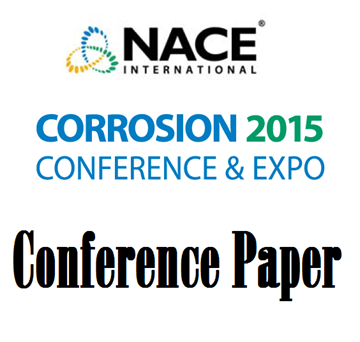Search
98413 MATERIALS SELECTION IN HYDROTHERMAL OXIDATION PROCESSES
Also Purchased
98428 CORROSION OF Fe, Ni, Cr AND THEIR ALLOYS IN SIMULATED MUNICIPAL WASTE INCINERATION CONDITIONS
Product Number:
51300-98428-SG
ISBN:
98428 1998 CP
$20.00
98483 QUANTITATIVE TOOL FOR FGD ALLOY SELECTION BASED ON pH AND CHLORIDE
Product Number:
51300-98483-SG
ISBN:
98483 1998 CP
$20.00
The Selection of Stainless Steels for Seawater Pumps
Product Number:
51315-5446-SG
ISBN:
5446 2015 CP
Publication Date:
2015
$20.00
Recently viewed




